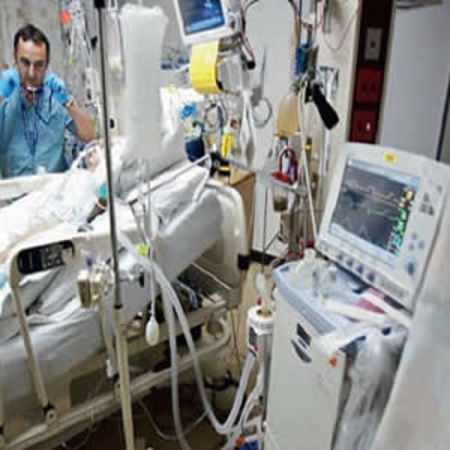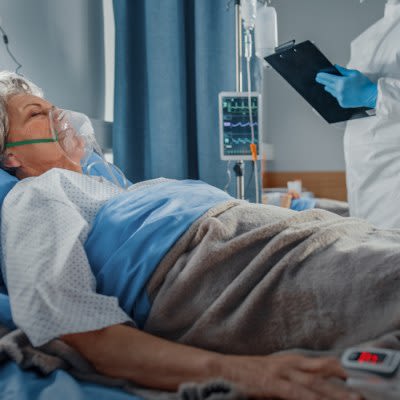While mechanical ventilation is widely used and has improved greatly since first used in the 1950s, there is still room for improvement, according to a state-of-the-art review of mechanical ventilation, published in the September 2017 issue of Mayo Clinic Proceedings. Mechanical ventilation experts Tài Pham MD, Laurent Brochard and Arthur Slutsky from the University of Toronto and St. Michael's Hospital, Toronto, Canada, note the lack of precise recommendations on when to start mechanical ventilation (MV) and emphasise that MV is part of a bundle of treatment.
In their article they explain the working principles of MV modes, including the phase variables of a breathing cycle and influence on respiratory muscle activity and importance of synchrony. Dyssynchonies between patient and ventilator are frequent, they write, but it is not clear whether they cause the poor outcomes or are a marker of severity of the underlying condition. They note: "Although improving patient ventilatory synchrony makes intuitive sense, we lack definitive data proving that it improves patients' outcomes."
The complications of MV are explained, including during initiation of MV, through to haemodynamic effects, sedation complications and oxygen toxicity and effects on respiratory muscles and respiratory infections and ventilator-induced lung injury (VILI).
Ventilation for specific groups of patients is then described along with advice on the weaning phase.
Looking to the future, the authors highlight the focus on long-term outcomes as a research subject. They conclude: "The MV journey is making progress but is still far from its ultimate destination."
Source: Mayo Clinic Proceedings
Image Credit: Rcp.basheer
References:
Pham T, Brochard LJ, Slutsky AS (2017) Mechanical ventilation:state of the art.
Mayo Clin Proc, 92(9):1382-1400. doi: 10.1016/j.mayocp.2017.05.004.
Latest Articles
mechanical ventilation, MV
While mechanical ventilation is widely used and has improved greatly since first used in the 1950s, there is still room for improvement, according to a state-of-the-art review of mechanical ventilation, published in the September 2017 issue of Mayo Clinic



























